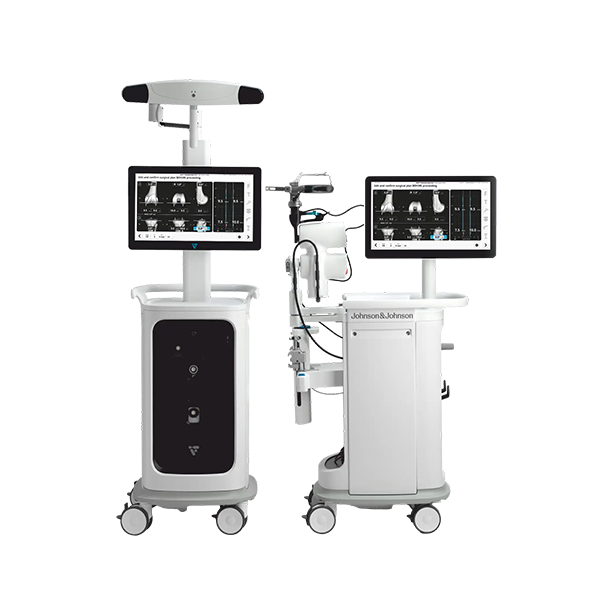Sports Injury
Sports injury, as the name clearly signifies, is an umbrella term used for injuries that are sustained while exercising, engaging in sports, or taking part in any physical activity. There are a plethora of factors that can contribute to such injuries. These include:
- Wrong form or posture
- Improper technique
- Lack of conditioning
- Overtraining
Here is a list of some common sports injuries treated at the Accord Sports Injury Centre:
- ACL or Anterior cruciate ligament injury
- Shoulder ligament injury
- Rotator cuff tear
- Cartilage injuries
- Tendonitis
- Muscle or ligament tear
- Fractures
- Shoulder or knee dislocation
- MPFL tear
Arthroscopy
Arthroscopy is a minimally invasive surgical intervention that uses a keyhole approach to diagnose, assess and treat a wide spectrum of joint-related problems and injuries, involving the knee, hip, ankle, shoulder, elbow, and wrist. The procedure involves the use of an arthroscope, a small pencil-sized instrument fitted with a lens, that uses optic fiber technique to generate magnified images of the affected joint and associated structures.
The procedure takes anywhere between 30 to 45 minutes and recovery may take about 4 to 6 weeks depending upon your overall prognosis.
Indications of Arthroscopy
Arthroscopy is usually recommended for patients with persistent joint pain, swelling, instability, and stiffness. The procedure can be recommended for the assessment of joint damage sustained as a result of an injury or an underlying medical condition like osteoarthritis.
Arthroscopy can also be done for the following reasons:
- Ligament reconstruction/repair such as ACL/PCL/MCL/LCL/MPFL
- Meniscus repair
- Repairing damaged cartilage using techniques such as OATS/Microfracture or ACI
- Shoulder rotator cuff repair/treatment for shoulder dislocation
- Arthroscopic procedures for chronic hip/elbow/ankle pain
Procedure
- The procedure is usually carried out under the influence of general anesthesia, however spinal or local anesthesia may also be used in some cases.
- The concerned area is sanitized with an antibacterial solution and 2 to 3 keyhole incisions (5 mm) are made to access the affected area to insert the arthroscope and the surgical equipment.
- The affected area may be expanded by filling it with sterile fluid. This is done for better access.
- The arthroscope helps to generate magnified images that make it easier to address the problem. The surgical instruments are carefully guided to carry out the procedure.
- After the procedure, all the instruments are carefully removed and the incision is closed.
Benefits of Arthroscopy
- Alleviated post-operative pain and discomfort
- Faster healing and recovery
- Minimal blood loss
- Less scarring
- Shorter hospital stay
